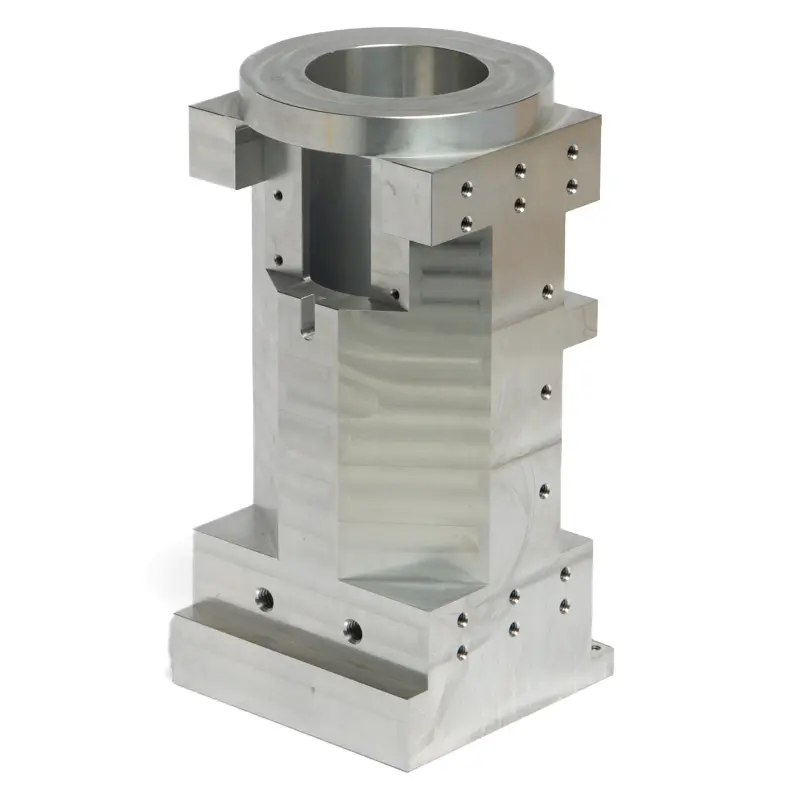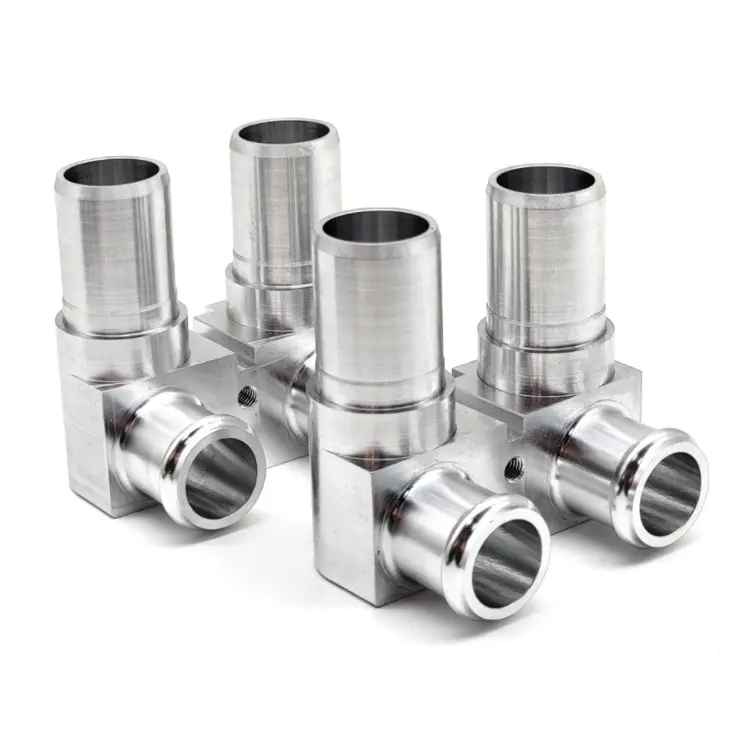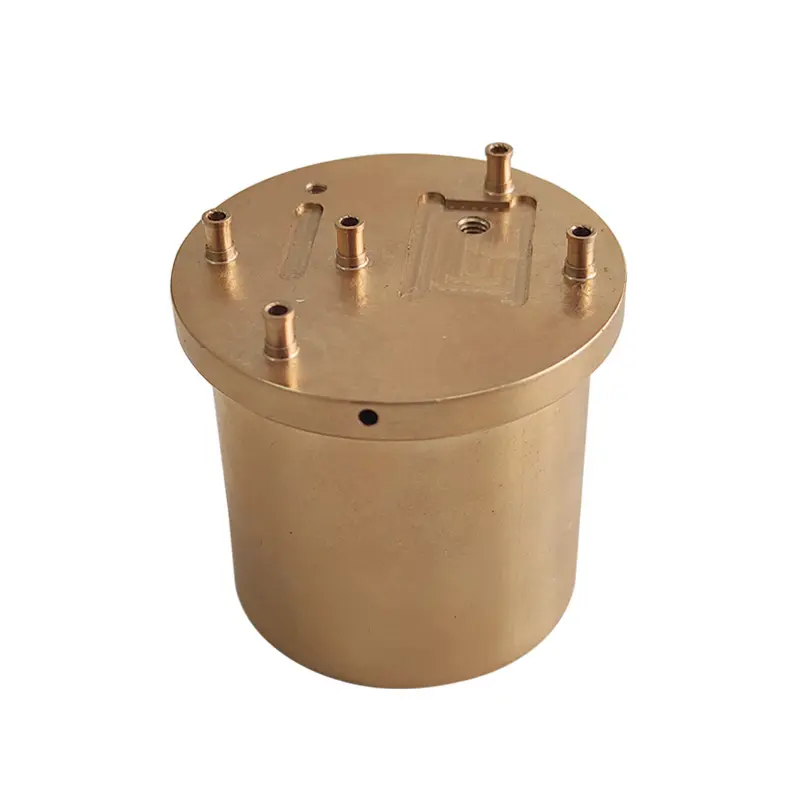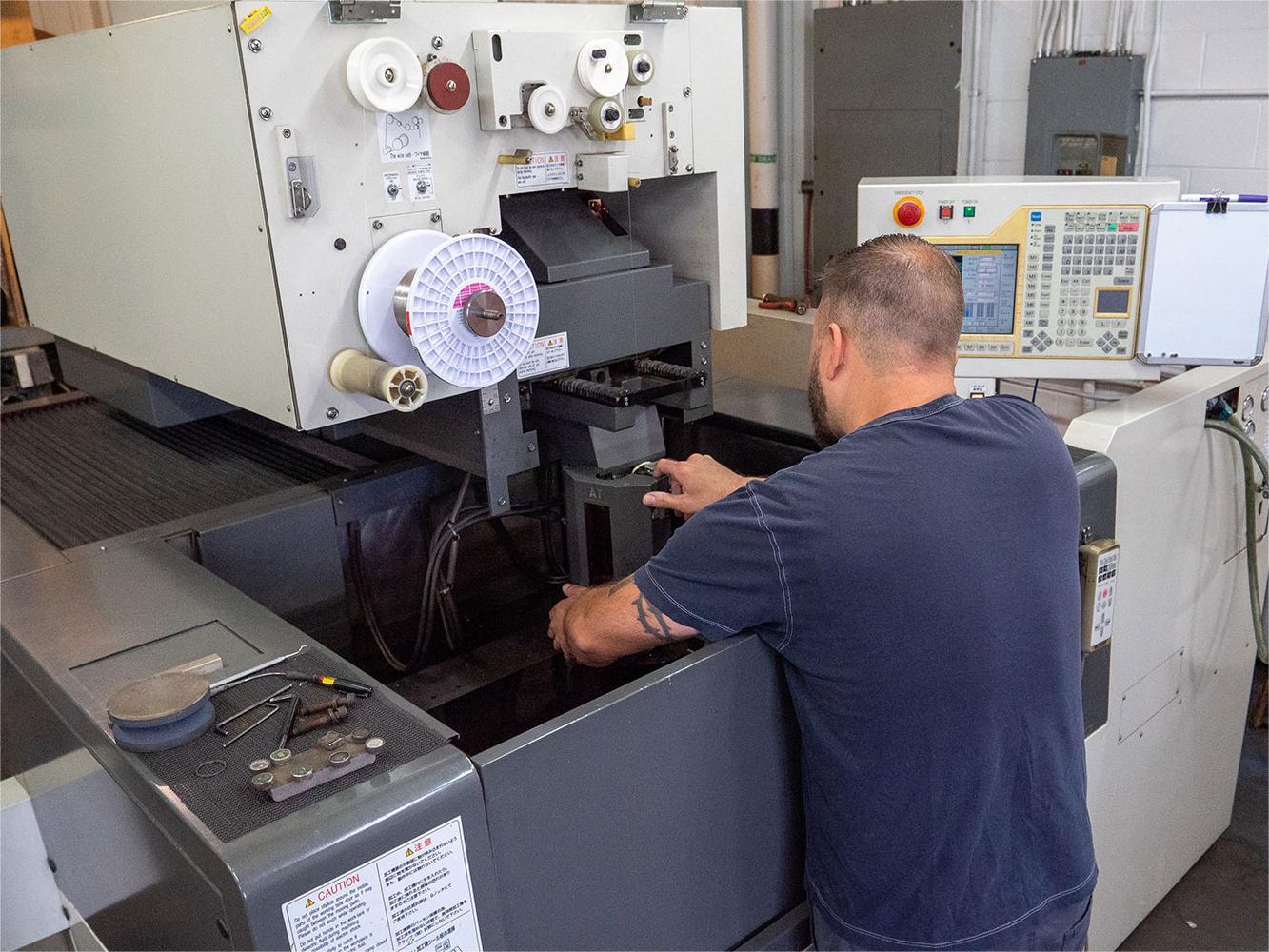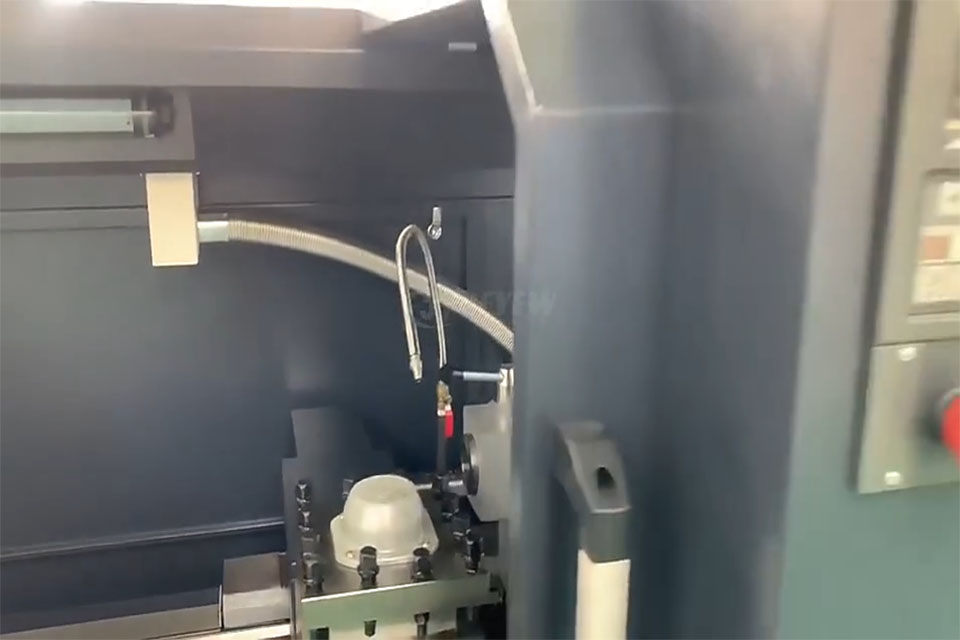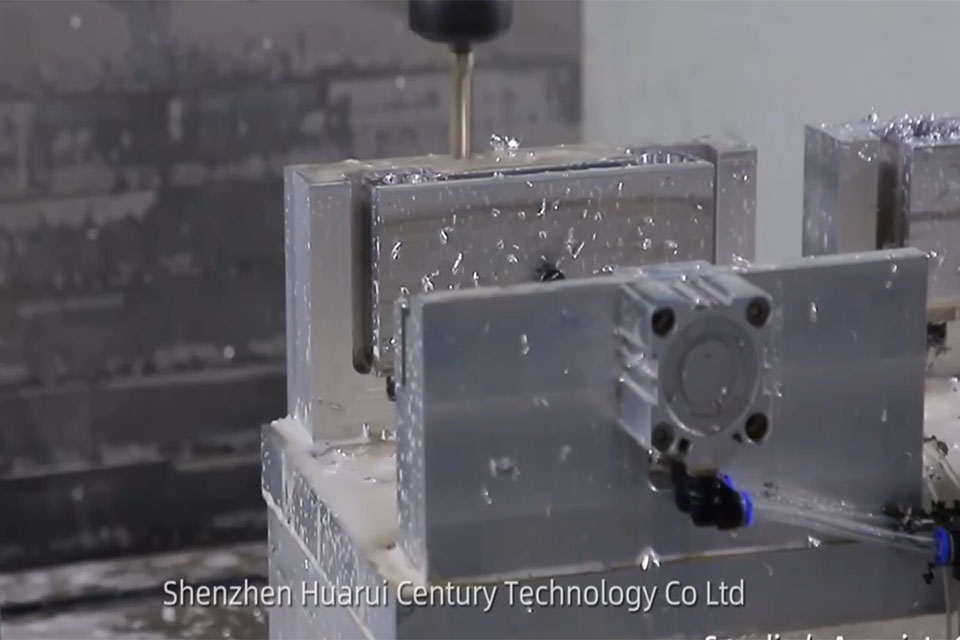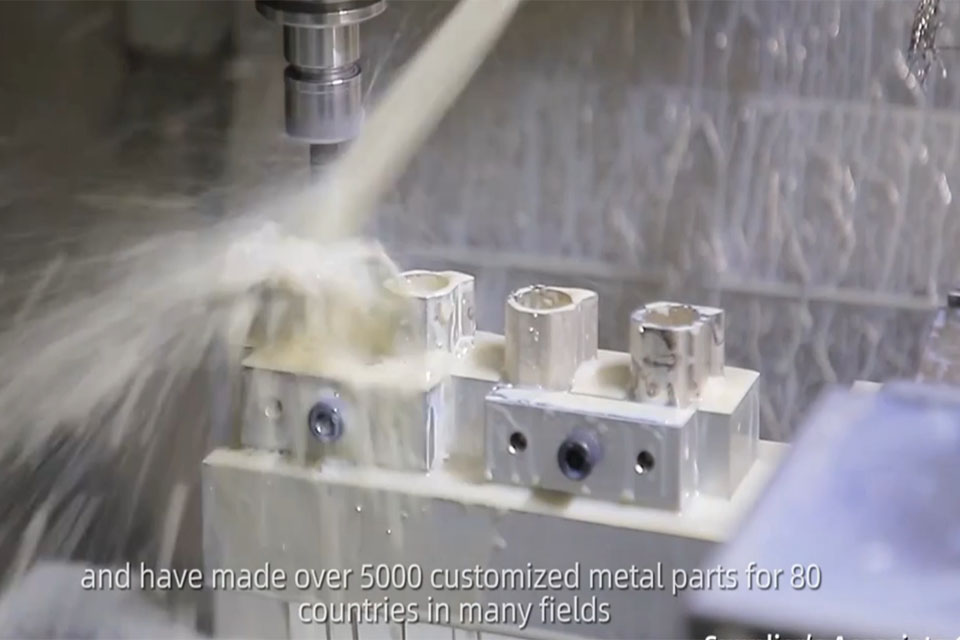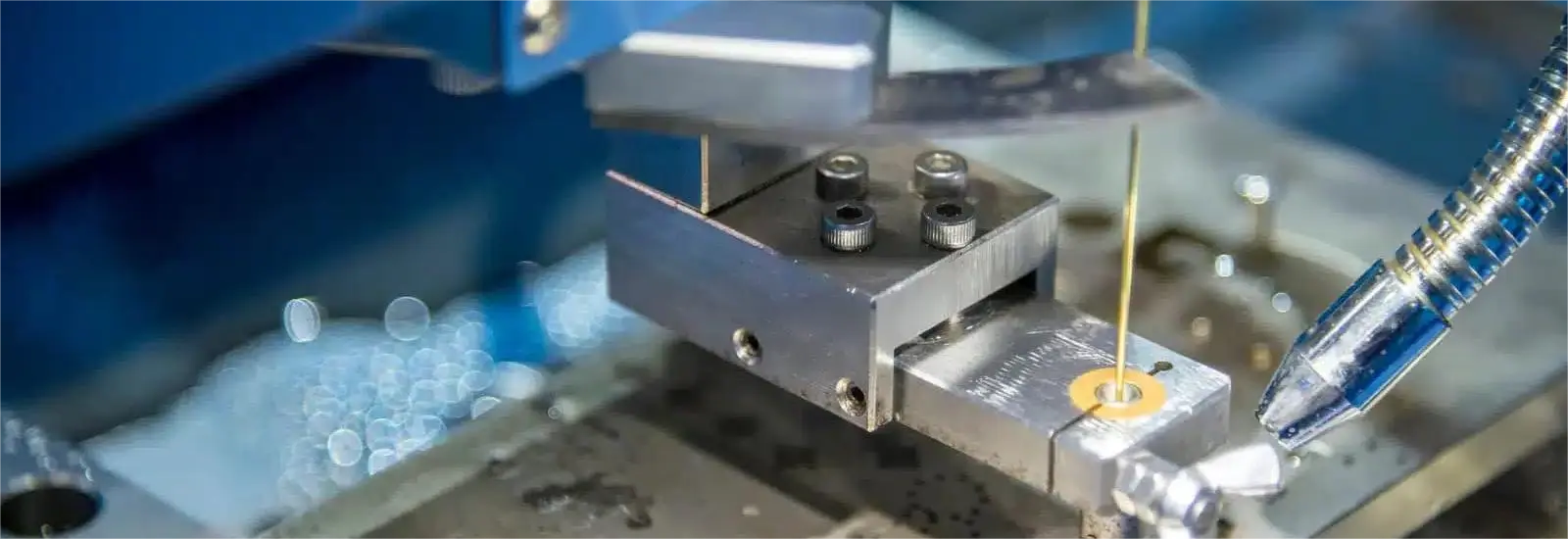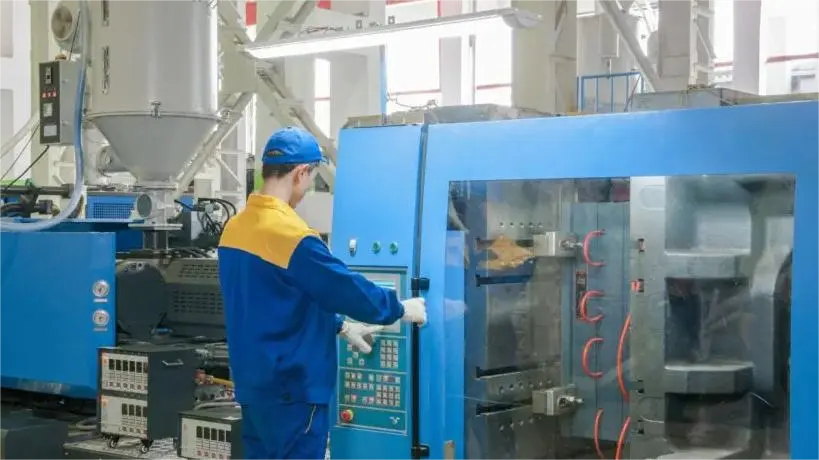
Mechanical Testing: Ensuring Product Reliability & Safety in Manufacturing
목차
소개
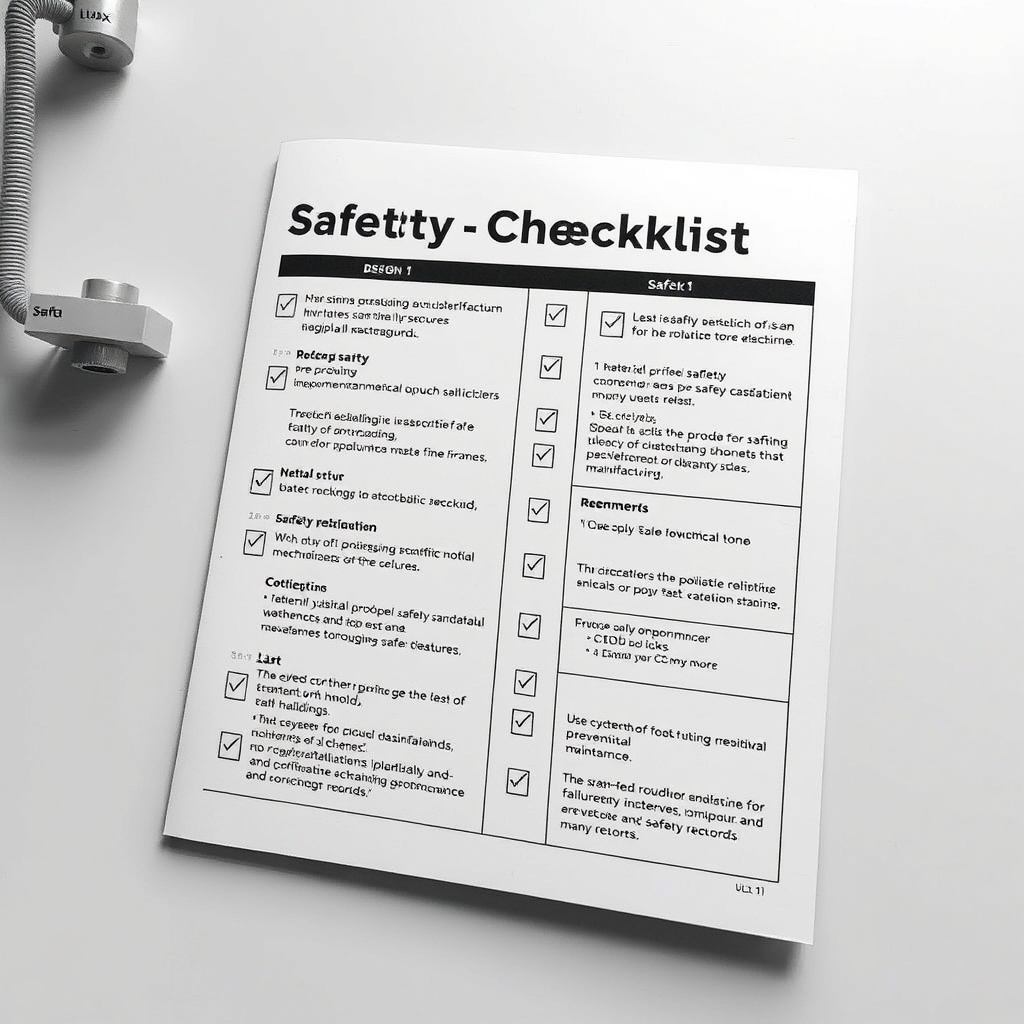
Why Mechanical Testing Matters in Today’s Industry
Mechanical testing isn’t just a checkbox—it’s the foundation of 품질 보증 및 product integrity. By simulating real-world stresses, it ensures materials and components withstand operational demands. Key advantages include:
- Preventing catastrophic failures in critical applications.
- Validating designs for long-term durability.
- Reducing costs by identifying flaws early.
- Meeting ASTM, ISO, and industry-specific standards.
Alt text: Precision CNC-machined parts used in mechanical testing processes.
Top 10 Benefits of Rigorous Mechanical Testing
- Safety Assurance: Avoid failures in high-stakes sectors like 항공우주 및 의료 기기.
- 비용 효율성: Save 20–30% on recalls by catching defects early.
- Material Optimization: Compare metals, polymers, and composites for ideal performance.
- 규정 준수: Align with global standards like ISO 6892-1.
- Innovation Support: Enable breakthroughs in 로봇 공학 및 새로운 에너지.
Key Mechanical Properties Evaluated
| 속성 | 설명 | Common Tests |
|---|---|---|
| 인장 강도 | Resistance to pulling forces | Tensile Testing (ASTM E8) |
| 경도 | Surface resistance to indentation | Rockwell, Vickers Tests |
| Fatigue Limit | Endurance under cyclic loads | Fatigue Testing |
| Fracture Toughness | Crack resistance | Charpy/Izod Impact Tests |
Comprehensive Guide to Mechanical Testing Methods
1. Tensile and Compression Testing
- Tensile Tests: Measure elongation, yield strength, and ultimate tensile strength.
- Compression Tests: Assess crushing resistance in materials like concrete.
2. Hardness Testing
- Vickers Test: Ideal for thin materials.
- Rockwell Test: Quick results for metals.
3. Non-Destructive Testing (NDT)
- Ultrasonic Testing: Detects subsurface flaws in 산업 장비.
- Radiographic Testing: X-rays for weld inspections.
Advanced Techniques: Beyond Basics
- Fatigue Testing: Simulates repeated stress cycles (e.g., automotive suspensions).
- Creep Testing: Evaluates deformation under high temperatures (critical for turbines).
- 사례 연구: A leading 자동차 manufacturer reduced warranty claims by 40% through rigorous fatigue testing.
Essential Equipment for Accurate Results
- Universal Testing Machines (UTMs): For tensile, compression, and bending tests.
- Impact Testers: Charpy/Izod machines for toughness.
- 3D Scanners: 사용 대상 신속한 프로토타이핑 to validate geometries.
When to Perform Mechanical Testing
| 스테이지 | 목적 |
|---|---|
| 디자인 | Validate prototypes and material choices. |
| 프로덕션 | Ensure batch consistency and quality. |
| Post-Production | Final compliance checks. |
| 유지 관리 | Monitor wear in 중장비. |
Overcoming Common Challenges
- Sample Preparation: Follow ASTM standards to avoid skewed results.
- 환경적 요인: Control temperature/humidity in labs.
- Cost Management: Balance precision with budget using targeted tests.
How Testing Shapes Product Design
Mechanical testing informs decisions like:
- Choosing between aluminum vs. titanium for 항공우주 컴포넌트입니다.
- Optimizing polymer blends for 소비자 제품.
- Validating 표면 마감 내식성을 위해
FAQs: Your Questions Answered
When is mechanical testing most critical?
During design validation, production QC, and post-production checks.
What industries rely heavily on mechanical testing?
항공우주, 자동차, 의료 기기, and energy sectors.
Can simulations replace physical testing?
No—virtual models complement but don’t replace real-world testing.
How does hardness testing improve product life?
It ensures surfaces withstand wear, reducing maintenance costs.
주요 내용
- Mechanical testing is non-negotiable for safety and compliance.
- Use a mix of destructive and non-destructive methods for full insights.
- Partner with experts like CNC Manufacturing Services for precision-tested components.
댓글
우수 제품 사례
태그
관련 블로그
블로그에서 CNC 제작에 대한 최신 트렌드와 사실을 확인하세요.

